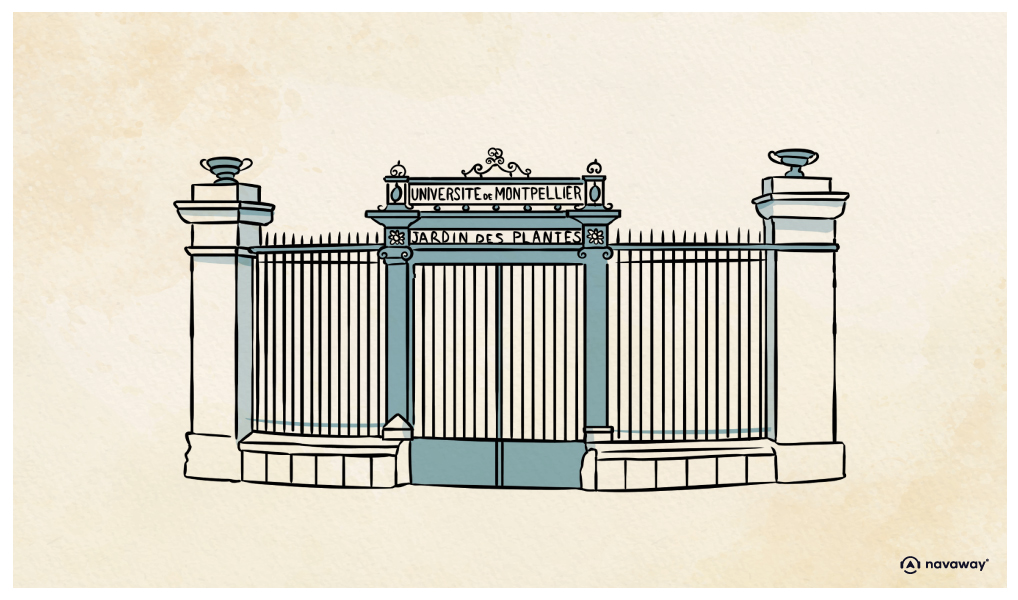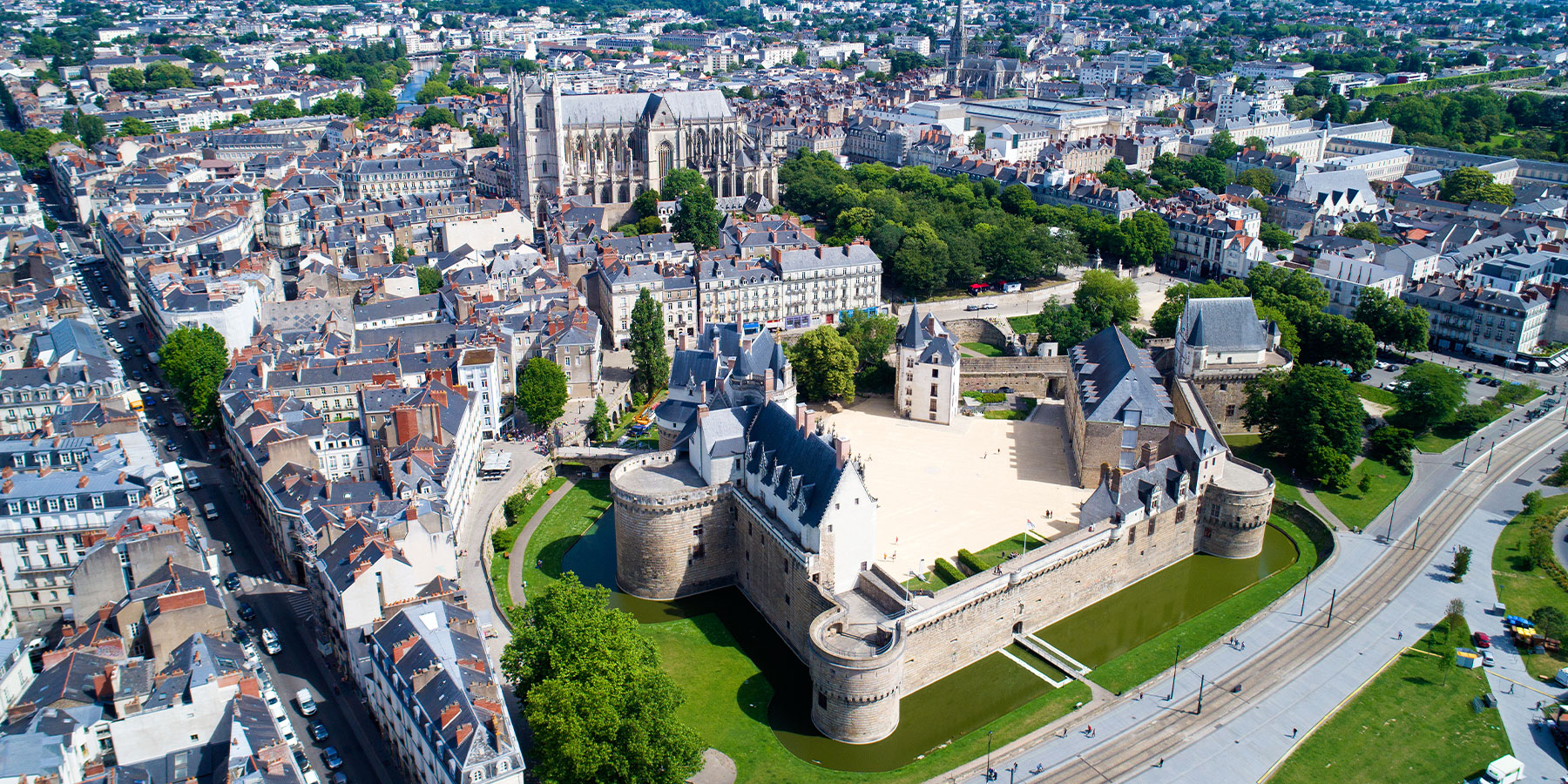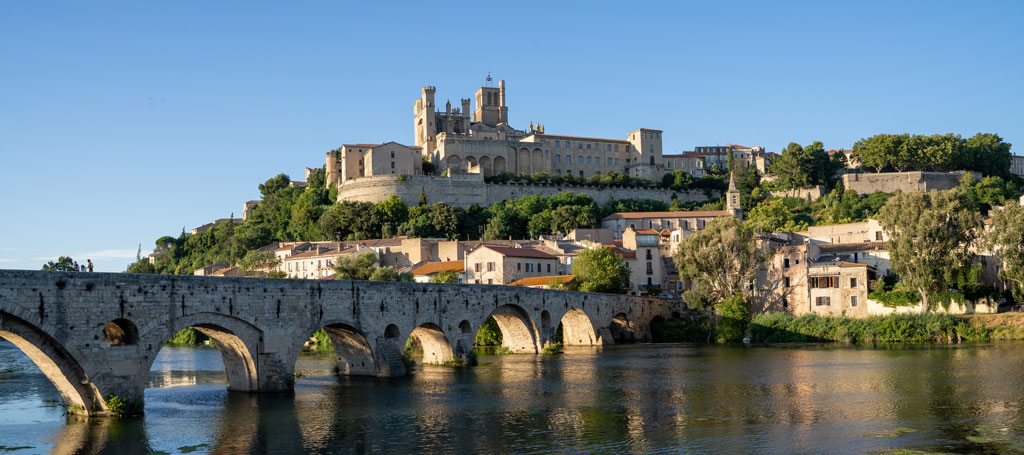
Botanical Garden (Part 1)

This point of interest is available as audio on the tour: Visit Montpellier, The Gifted City
Among the 82 botanical gardens across France and French-speaking countries, it’s here in Montpellier that you’ll find the oldest of them all. Impressed? You should be! But wait until you learn a bit more about this place that has been the pride of Montpellier’s residents for over 400 years. It was in 1593 that Pierre Richer de Belleval, a French botanist, created this green space at the urging of King Henry IV. Much smaller then, the garden was originally arranged around 5 terraces where “simples” were grown—that’s the name given to medicinal herbs in the Middle Ages. This innovative design made it the first royal garden in France dedicated to teaching plant science to future doctors. It also became a model for many other similar European gardens established after it, including the Botanical Garden of Paris. In 1622, the famous Siege of Montpellier took place, a fundamental act in the Wars of Religion. Louis XIII, surrounded by his royal army, attacked one of Protestantism’s most important strongholds, commanded by Duke Henri de Rohan, to reaffirm his Catholic authority over the kingdom. After a month and a half of confrontation, Montpellier surrendered and became the “capital of Languedoc” loyal to the king. The repercussions were numerous in political, social, and urban planning terms. As evidence, the city’s Botanical Garden was completely ruined. Richer de Belleval had no choice but to start from scratch in 1629. With the help of Pierre Magnol, a physician and the first botanist to introduce the concept of family in plant classification, he brought the site back to life, expanded it by purchasing vegetable gardens, and improved it. Between the 17th and 18th centuries, several great physicians and botanists worked in or directed the garden, changing its appearance. An orangery 49 meters long was built to protect plants and citrus fruits from winter cold. A 300-square-meter greenhouse, housing cacti and species from dry regions around the world, was inaugurated in addition to one of the very first astronomical domes in southern France. Even though pharmacists, botanists, and agronomists have now replaced the doctors of yesteryear, the site, attached to the Faculty of Medicine of Montpellier, has preserved its educational value. Covering 4.6 hectares, it brings together more than 3,000 plant species, including endangered varieties and centuries-old trees. As a protected site since 1984 and a historical monument since 1992, the Botanical Garden is truly one of the most beautiful elements of the city’s landscape heritage.


Discover Montpellier with app
An interactive guide through the most beautiful streets, squares, and districts
19 fun audioguides full of historical facts, anecdotes, and legends





Comments